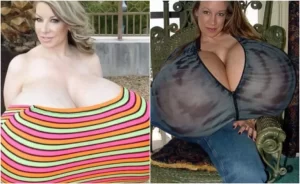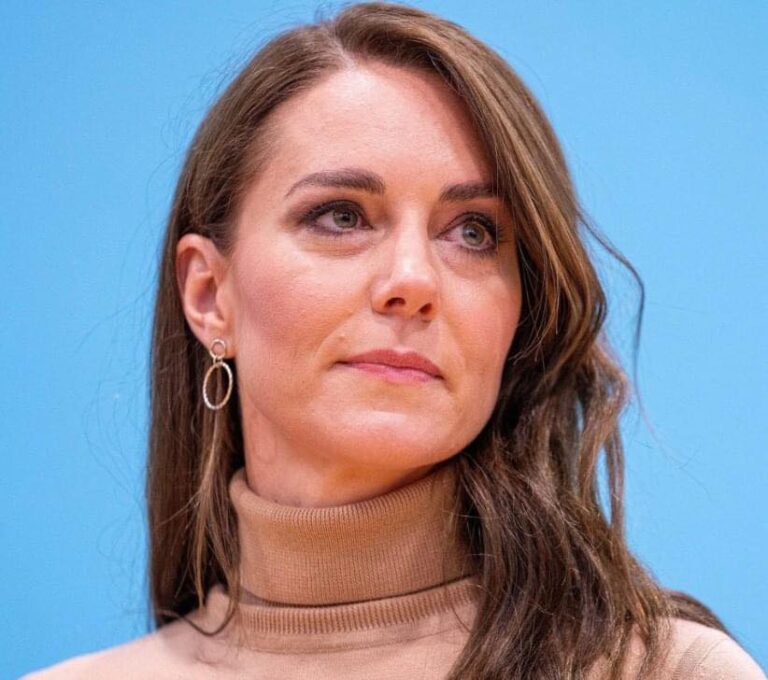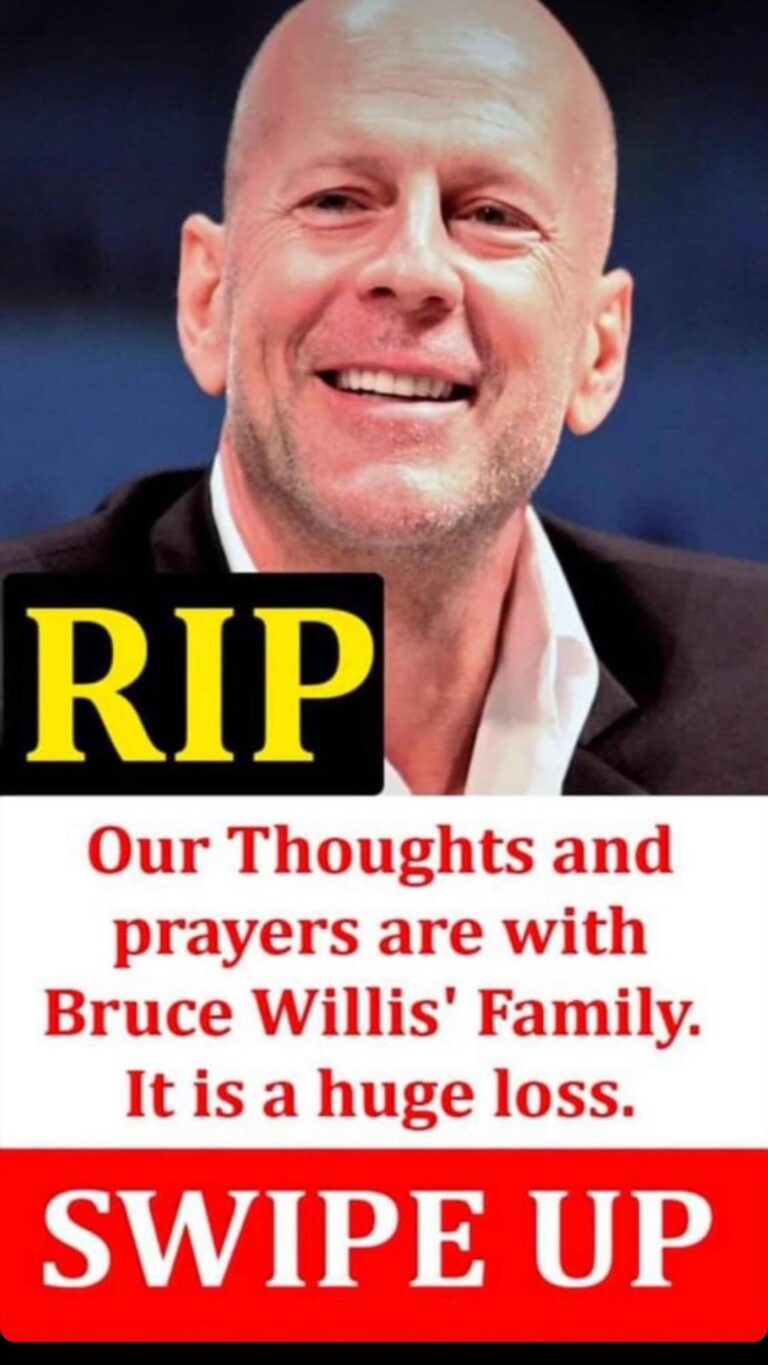Larger Breasts: Why Women Want Them And Media’s Role in It
Indeed, the desire for larger breasts in women is influenced by a complex interplay of factors, encompassing societal norms, evolutionary instincts, and media representations.
From an evolutionary standpoint, larger breasts may signal fertility and the ability to nourish offspring, potentially making them appealing to potential mates. However, it’s crucial to acknowledge that attractiveness is multifaceted, with individual preferences varying widely. While some individuals may find larger breasts attractive, others may be drawn to different physical attributes or personality traits.

Societal perceptions also significantly shape women’s aspirations for larger breasts. In many cultures, ample breasts are often associated with maturity, femininity, and attractiveness. These perceptions can impact women’s self-image and confidence, prompting some to seek breast augmentation or other methods to enhance their breast size.
Media depictions, including fashion trends and beauty standards, further perpetuate the importance of larger breasts in defining femininity and attractiveness. Historically, mainstream media has favored specific body types, typically portraying thin, busty women as the epitome of beauty. This can create pressure for women to conform to these standards, leading to dissatisfaction with their natural body shape and size.
It’s crucial to recognize that the desire for larger breasts is not inherently negative, but it becomes problematic when it engenders unhealthy behaviors or contributes to poor body image and self-esteem. Promoting body positivity, diversity, and acceptance of various body types can challenge unrealistic beauty standards and empower women to embrace their natural selves. Additionally, emphasizing the significance of inner qualities, skills, and qualifications over physical appearance can shift the focus away from superficial attributes in both professional and social realms.






